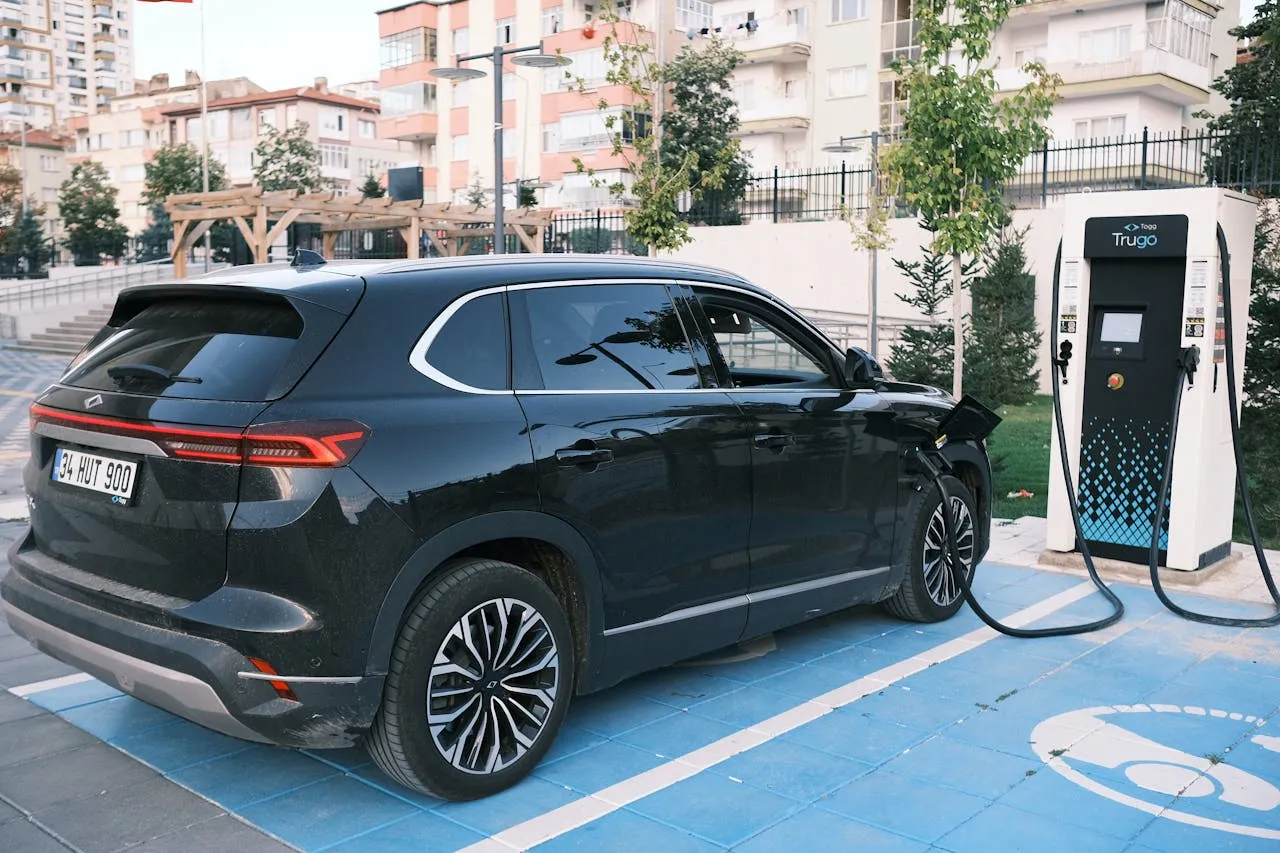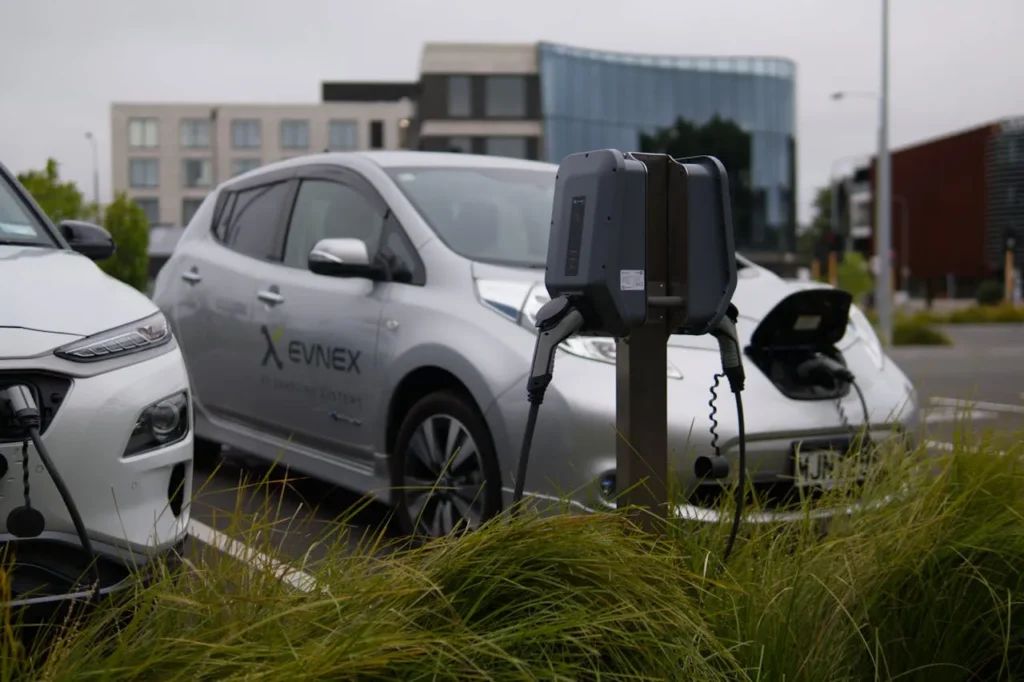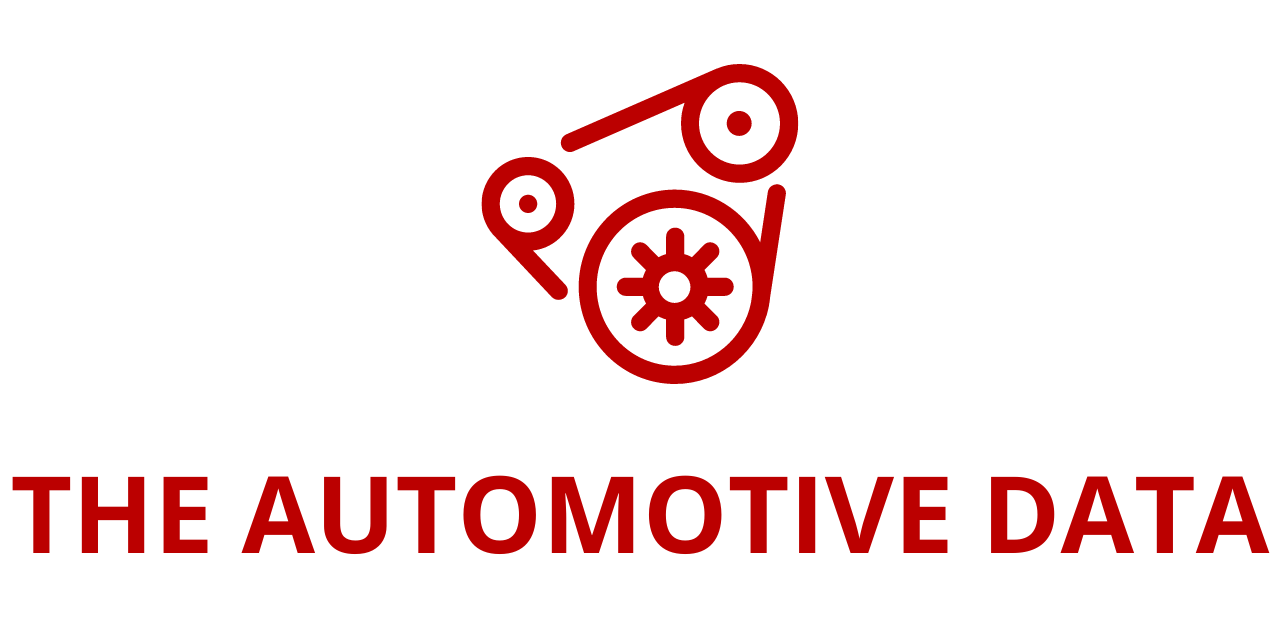
EV Charging at Home: User Demand and Preferences Study 2024
The “EV Charging at Home: User Demand and Preferences” report has been added to ResearchAndMarkets.com’s offerings.EV Charging This study provides in-depth insights into consumer preferences regarding charging locations, equipment, and behaviors. It explores key factors such as charging frequency, affordability, and future expansion considerations, along with opportunities to integrate EV charging into a smarter whole-home energy management system.
As electric vehicle (EV) adoption accelerates, understanding consumer preferences for home charging is essential for shaping industry strategies and utility plans. EV Charging The shift to EVs represents a fundamental change in home energy consumption, making efficient charging solutions and smart energy management critical areas of focus.
Research Methodology
This study is based on a survey conducted with 8,000 U.S. households that have internet access. The sample is representative of U.S. internet households, with quotas ensuring demographic balance in age, gender, household income, and education. A subset of 4,000 respondents, representing all U.S. internet households, answered questions specifically related to EV ownership and adoption.
Key Research Questions
- What are the trends in EV adoption, and who are the current and potential EV owners?
- What home charging equipment do EV owners use, and how did they acquire it?
- What are the charging behaviors and preferences of EV owners?
- How do EV owners perceive their home energy consumption and energy management?
- What other smart energy products are EV owners using, and what is the demand for integrated energy solutions (e.g., thermostats, solar panels, battery storage, smart electric panels, HVAC systems, hot water heaters, and appliances)?
- Are EV owners participating in special utility rate plans and demand response programs?
- What is the level of interest in bi-directional charging and using EV batteries as a home energy source?
Key Findings
EV Ownership and Market Trends
- A growing number of U.S. consumers are familiar with EVs, and ownership is steadily increasing.
- Non-EV owners express varying levels of interest, with affordability and charging infrastructure being primary concerns.
- The Net Promoter Score (NPS) for EV ownership is a critical indicator of user satisfaction, with trends showing a positive shift.

Home Charging Patterns and Preferences
- The majority of EV owners prefer charging their vehicles at home, primarily using Level 2 chargers.
- Charging frequency varies based on vehicle usage, home charging equipment availability, and access to public charging stations.
- Multifamily housing residents report more challenges with charging compared to single-family homeowners.
Energy Management and Integration
- EV owners show high interest in integrating their vehicles into broader home energy management systems.
- Smart home device ownership is higher among EV owners, with a significant overlap between EV ownership and smart thermostats, solar panels, and battery storage.
- Consumers recognize the value of coordinating EV charging with other major home appliances to optimize energy usage.
Solar and Battery Storage Adoption
- Many EV owners are also considering solar power as a complementary energy source.
- Battery storage adoption is growing, with some consumers already using home batteries to power their residences.
- EV owners with solar panels are more likely to invest in battery storage solutions to maximize energy efficiency and cost savings.
Participation in Utility Programs
- Some EV owners take advantage of special utility rate plans and demand response programs to optimize their energy consumption.
- Awareness of such programs remains a barrier, indicating a need for better consumer education.
- Consumers are open to allowing utilities or manufacturers to manage their energy loads during peak hours.
Interest in Bi-Directional Charging
- There is a growing demand for vehicle-to-home (V2H) and vehicle-to-grid (V2G) solutions.
- Consumers see value in using EV batteries as a backup energy source for their homes.
- The market for bi-directional charging is expected to expand as more vehicles and charging infrastructure support this capability.
Consumer Segmentation
- Demographics: EV owners and intenders tend to have higher incomes and higher levels of education.
- Housing Factors: Homeowners are more likely to own EVs due to easier access to home charging installations.
- Technology Affinity: Tech-savvy consumers show a greater inclination towards EV adoption and smart energy solutions.
The findings of this study highlight several opportunities for stakeholders in the EV industry, utilities, and smart energy sectors:
- Improving Home Charging Infrastructure: Addressing pain points in multifamily housing and expanding access to home charging solutions.
- Enhancing Consumer Awareness: Educating potential buyers about EV affordability, incentives, and home energy management benefits.
- Promoting Energy Integration: Encouraging the adoption of solar panels, battery storage, and bi-directional charging to create a more sustainable home energy ecosystem.
- Developing Utility Partnerships: Strengthening collaborations between utilities and EV owners to optimize energy consumption and grid reliability.








